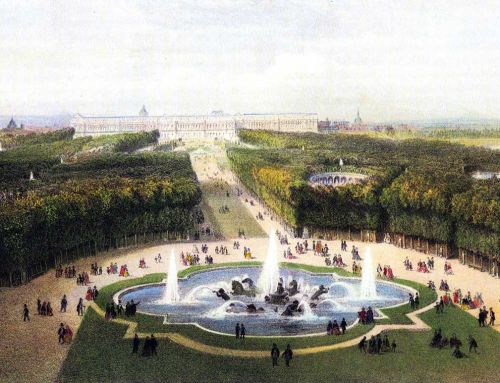As is well known, since the rise of e-commerce and sales through Internet sites, shopping centres all over the world have suffered a drop in the number of visitors and, therefore, in overall sales figures. This resulted in many of the shopping centres that were built in past decades being abandoned and unused. However, some publications are beginning to echo a new trend that is breathing new life into large retail spaces. Since shopping malls were born in the United States and spread around the world from there, it is only natural that this new trend is particularly strong in the United States.
According to The Messenger, the magazine that identifies the trend, it is the conversion of shopping malls into “micro-cities” thanks to a new wave of investors. The publication cites the example of developers Centennial and Pacific Retail Capital Partners (PRCP). According to the report, these developers have initiated a process that is giving birth to “a new type of mall investor“, whose ultimate goal is to turn shopping centres into places to live, work and play as well as to shop. Until now, it has been common for investment funds to buy up abandoned shopping centres at low prices, then demolish them and sell the land. This trend pushes resources in a new direction.
For example, the real estate company Centennial is investing, among other projects, in the conversion of the Hawthorn Mall in Vernon Hills, Illinois. To this end, it is investing around $250 million in the demolition and redevelopment of the shopping centre’s facilities, with the aim of converting them into a mixed-use urban development. According to The Messenger, Centennial plans to build “808 multifamily residences and a 162-unit senior living community” at Hawthorn Mall. At the same time, it will reduce retail space from about 130,000 sq m to 58,000 sq m, and add a 2,300 sq m supermarket and another 10,000 sq m of outdoor retail. Speaking to the publication, Carl Tash, Centennial’s chief investment officer, explained that their strategy is to transform the retail space into “24/7 properties, versus I would say, 3 days a week, 12-hour properties“.
Meanwhile, according to The Messenger, PRCP recently received approval for a residential project at a Carson’s department store in Lombard’s Yorktown Center shopping centre, also in Illinois. This is a $200 million investment. Not only is this a large investment, but it also has its complications. After all, these are urban development projects, with re-zoning and component changes, which must be approved by local councils.
In some cases, abandoned shopping centres have served as a way out of the housing crisis. This is reported in Surface, which says that New York Governor Kathy Hochul transformed the Sears department store in Rochester into an affordable housing complex for seniors. In Denver, the former Cinderella City Mall has been repurposed as a public transit station, and includes housing, a civic centre, City Hall offices, a library and an outdoor art museum.
According to a study by the Local Government Association in the UK, the list of new uses that give a second life to abandoned shopping centres would include catering, art galleries, municipal services, cultural spaces, markets, business incubators, employment centres, welfare services, co-working places, community centres, gyms and fitness centres, hotels, housing, active and passive leisure (gardens and parks), offices, health and alternative health centres and services, museums, theatre and cinema, transport, education… As we said, in recent years, shopping centres have been moving towards becoming micro-cities.
Sources: The Messenger, Surface, Local Government Association.
Images: Amusement Logic, S.L.
RELATED STORIES
Newsletter








